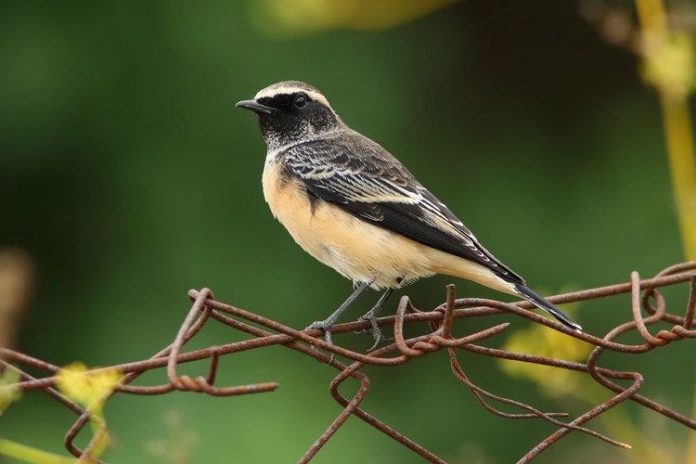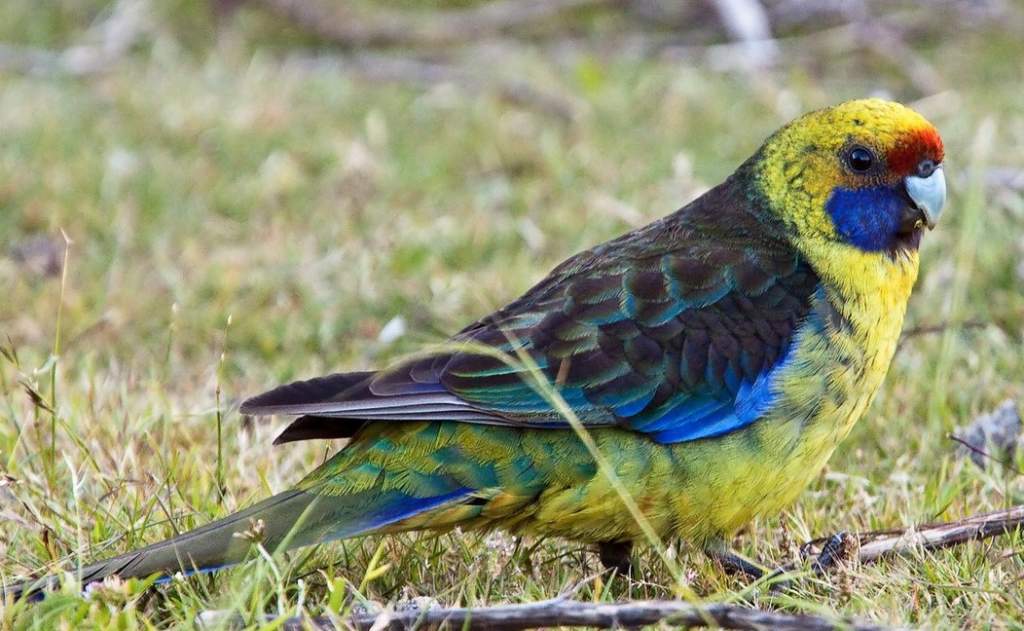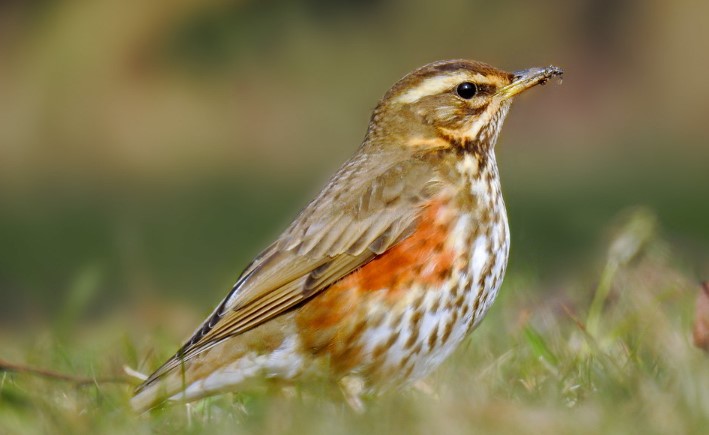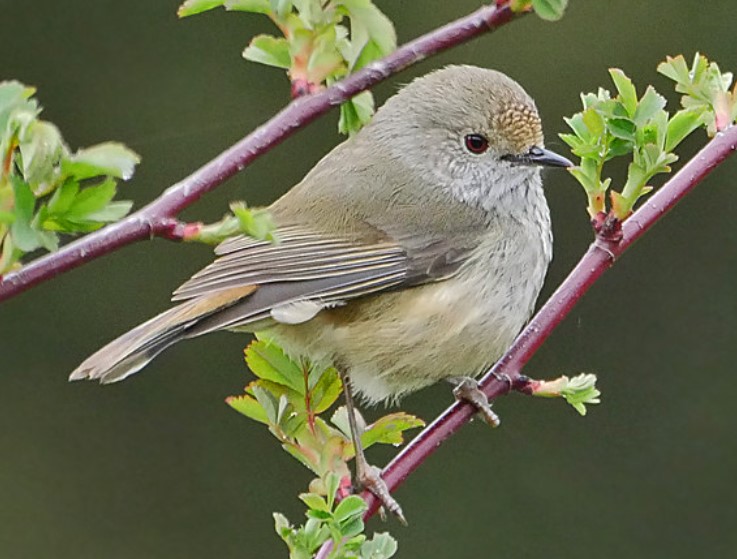Identification: The Cyprus wheatear is the smallest in the European region. It is smaller than Pied wheatear (wing 82–88 mm, as opposed to 90–99 mm in Pied) and all plumage (except juvenile) is extraordinarily similar and male-like. Spring and early summer males are spring and early summer males.
Therefore, have dark brown, not grayish, mottling on the white crown and have more extensive buff wash below unless heavily worn. In addition, black of the mantle extends to an upper rump in Cyprus, thus showing less extensive white than Pied, and black of the throat extends onto the chest.
The spring and early summer females resemble males, but very dark brown replaces black body plumage and the crown is earthy-brown, with white supercilia often meeting on the nape (though the extent of white on the crown becomes greater by summer through widespread wear).
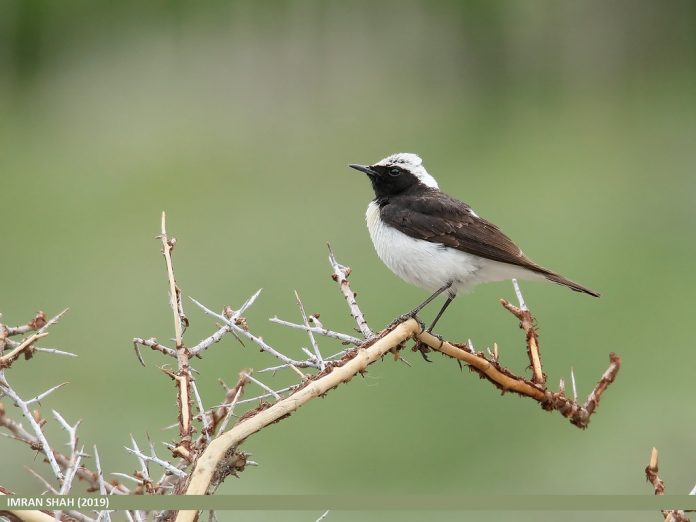
In fresh plumage in autumn, both sexes show less extensive pale fringing than in Pied, so they have much darker crowns and upperparts than Pied and warmer cinnamon-buff underparts. The song also differs from that of Pied (see Voice). The juvenile bird is a bit darker than that of Pied, with dark grayish-brown or blackish-brown upperparts spotted with pale and buff underparts with heavy dark scalloping.
Both sexes are rather similar and seasonal variation is less pronounced than in many wheatears. See Identification for details on plumage differences in adults and immature children.
Vocals: The Cyprus Wheatear call that is most typical is a clicked ‘zack-zack’, like that of Pied. Has a more restricted vocabulary than Pied, with song invariably a rapidly repeated ‘bizz-bizz-bizz…’ recalling a cicada. The Cyprus Wheatear song, which is distinguishing like insects, consists of high-pitched buzzing bursts five to ten meters above the ground.
Taxonomy: Cyprus Wheatear was previously treated as a race of Pied Wheatear O. pleschanka, but marked differences in song, ecology, and, to a lesser degree, morphology all support treatment as a full species. This passerine bird was previously classified in the thrush family Turdidae.
Habitats – Cyprus Wheatear is common, however, seemingly underrecorded on passage through Egypt and Israel. Like Pied, it favors stony hillsides and mountainsides with bushes but is much more arboreal, freely perching in trees and often breeding in forest clearings and open pine woodland. The migratory bird breeds only in Cyprus in woodland habitats, winters in Ethiopia and Sudan and is recorded as a vagrant in Germany.
Diet: Cyprus The wheatear diet consists of invertebrates, caterpillars, insects, and small prey.
Size: The Cyprus wheatear is about 13.5 to 14.5 cm in length.
Status: The Cyprus Wheatear population is stable and estimated pairs are more than 90,000. Hence, it is evaluated as at least concerning.
Related Reading: DESERT WHEATEAR ‘(Oenanthe deserti)’
